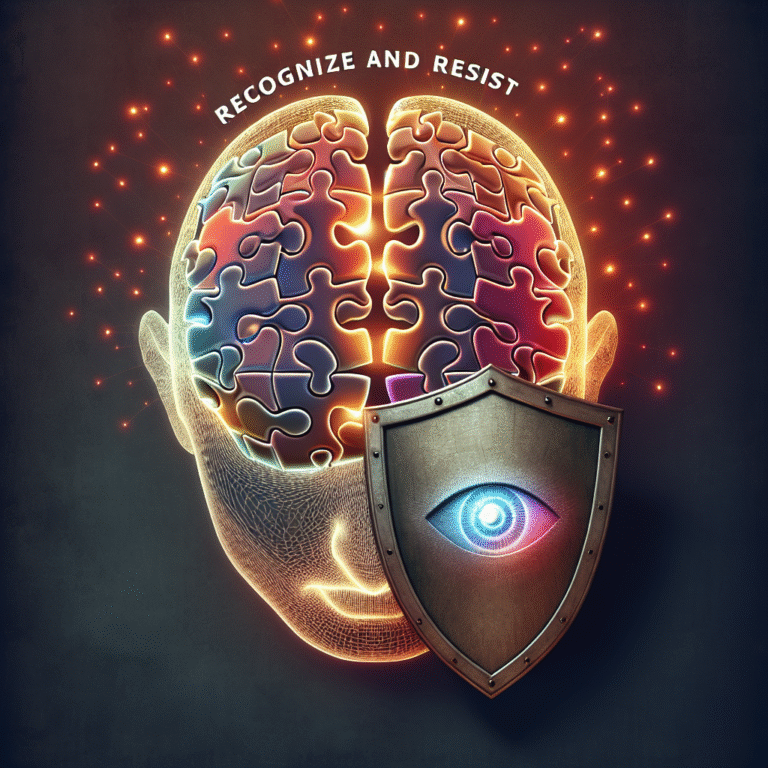
Discovering Serenity: The Ultimate Meditation Practices for Beginners
Introduction
In today’s fast-paced world, where stress and anxiety have become commonplace, the quest for inner peace and tranquility is more significant than ever. Meditation emerges as a beacon of hope—an ancient practice that has transcended time and cultural barriers. Discovering Serenity: The Best Meditation Practices for Beginners not only offers a pathway to calmness but also unlocks a plethora of mental and emotional benefits. Whether you’re seeking to alleviate stress, improve focus, or simply find a moment of quiet in your busy life, beginning your meditation journey can profoundly transform your experience.
In this article, we will explore various meditation techniques specifically tailored for beginners. From mindfulness to guided sessions, we’ll uncover the secrets to cultivating a serene mind and heart. Buckle up as we dive into the resonating world of meditation!
Understanding the Basics of Meditation
What is Meditation?
Meditation is a disciplined practice that encourages an enhanced state of awareness and focused attention. It can take several forms, including mindfulness meditation, transcendental meditation, and loving-kindness meditation, among others. Each method shares the common goal of promoting inner peace, reducing stress, and enhancing overall well-being.
Why Meditate?
Research continues to support the efficacy of meditation in improving mental health; studies indicate that regular practice can lead to reduced anxiety levels, lower blood pressure, and improved cognitive function. In fact, a 2021 study found that individuals who practiced meditation regularly reported a 30% decrease in anxiety symptoms over three months.
The Science Behind Meditation
The practice of meditation activates the brain’s prefrontal cortex, a region responsible for decision-making and emotional control, leading to notable improvements in mood and cognitive clarity. Additionally, meditation has been shown to increase gray matter density in the brain, which correlates with intelligence and emotional regulation.
Discovering Serenity: Different Meditation Practices for Beginners
1. Mindfulness Meditation
Mindfulness meditation is a foundational practice that emphasizes present-moment awareness. It can be done anywhere and involves paying attention to your thoughts, emotions, and bodily sensations without judgment.
How to Practice Mindfulness Meditation:
- Find a quiet space: Choose a peaceful area where you won’t be disturbed.
- Set a timer: Start with 5-10 minutes and gradually extend the duration.
- Sit comfortably: You can sit cross-legged or on a chair, keeping your back straight.
- Focus on your breath: Pay attention to your breathing, noticing the rise and fall of your chest.
- Gently refocus: If your mind wanders, gently bring your focus back to your breath without self-judgment.
Case Study Analysis: Mindfulness Meditation in Schools
A pilot program in a California school district introduced mindfulness meditation into the classroom. Students reported increased focus and reduced anxiety, showcasing how integrating mindfulness practices can lead to academic and social improvement. The results illustrate the transformative power of mindfulness meditation, making it an essential component of Discovering Serenity: The Best Meditation Practices for Beginners.
2. Guided Meditation
Guided meditation involves listening to a narrator or teacher who leads you through the process. This practice is especially beneficial for beginners, as it provides clear instructions and a framework to follow.
How to Practice Guided Meditation:
- Choose a recording: Many apps and online platforms offer guided sessions ranging from a few minutes to several hours.
- Find a comfortable position: Sit or lie down in a quiet environment.
- Allow the guide to lead you: Follow along as the narrator guides you through visualizations, affirmations, or breath patterns.
Case Study Analysis: Guided Meditation for Chronic Pain Management
A comprehensive study investigated the effects of guided meditation on patients suffering from chronic pain. Participants who engaged in regular guided sessions experienced significant pain reduction and improved quality of life. This case illustrates the healing potential inherent in Discovering Serenity: The Best Meditation Practices for Beginners.
3. Transcendental Meditation (TM)
Transcendental Meditation is a specific form of silent mantra meditation developed by Maharishi Mahesh Yogi. It involves the use of a unique mantra that is repeated silently to help settle the mind into profound rest.
How to Practice Transcendental Meditation:
- Learn a mantra: This is often taught by a certified instructor.
- Practice twice daily: Spend about 20 minutes each session, ideally in a quiet space.
- Close your eyes and repeat the mantra: Let the sound of your mantra gently captivate your thoughts, allowing distractions to fade.
Case Study Analysis: TM’s Long-Term Benefits
A longitudinal study on the effects of TM revealed that practitioners experienced lower stress levels and improved emotional stability over the years. These findings reinforce TM’s importance as one of the top practices for Discovering Serenity: The Best Meditation Practices for Beginners.
4. Loving-Kindness Meditation (Metta)
Loving-kindness meditation encourages positive feelings not only toward oneself but also toward others. It fosters compassion and empathy, making it a valuable practice in social and familial relationships.
How to Practice Loving-Kindness Meditation:
- Get comfortable: Sit in a relaxing position, close your eyes.
- Begin with self-love: Silently repeat phrases such as "May I be happy, may I be healthy."
- Extend love outward: Gradually think of loved ones, acquaintances, and even those you might dislike, wishing them well with similar phrases.
Case Study Analysis: Emotional Well-Being through LKM
Research showed that participants who practiced loving-kindness meditation reported higher levels of well-being and lower levels of depressive symptoms. This case underscores how Discovering Serenity: The Best Meditation Practices for Beginners can lead to not just personal tranquility but enhanced relationships.
5. Body Scan Meditation
Body scan meditation involves focusing on different parts of the body and can increase awareness of physical sensations and stress patterns.
How to Practice Body Scan Meditation:
- Lie down comfortably: Make sure you are in a relaxed position.
- Close your eyes: Begin at your toes and mentally check in with each body part.
- Release tension: As you focus on each part, allow tension to melt away, bringing awareness to your breath.
Case Study Analysis: Body Scan for Stress Relief
A clinical trial tested body scan meditation among office workers experiencing high levels of stress. Participants reported reduced fatigue and improved clarity in decision-making after eight weeks of practice. This serves as a reminder of the profound benefits that stem from Discovering Serenity: The Best Meditation Practices for Beginners.
Crafting Your Meditation Routine
Start Slow and Be Consistent
As a beginner, it’s essential to start slowly and gradually build up your meditation practice. Aim for a few minutes each day and steadily increase that time as you become more comfortable and familiar with the techniques.
Setting the Right Environment
Creating an inviting meditation space can significantly enhance your practice. Select a quiet area, free from distractions, and consider adding calming elements like candles, cushions, or serene images.
Utilize Technology to Your Advantage
Several applications, such as Headspace, Calm, and Insight Timer, offer tailored meditation sessions for beginners. Utilizing these resources can guide your practice and provide structure.
Journaling Your Progress
Maintaining a meditation journal can help track insights and fluctuations in your mental health. Write down your experiences, feelings, or any observations that arise during or after meditation sessions.
Finding a Community
Joining a meditation group or class can provide support and motivation. Engaging with others on a similar journey fosters accountability and enriched learning through shared experiences.
Conclusion
In our pursuit of peace and well-being, Discovering Serenity: The Best Meditation Practices for Beginners serves as a testament to the transformative power of stillness and introspection. As you embark on your meditation journey, remember that it is not about achieving perfection but rather embracing the experience as it unfolds. With consistent practice and an open heart, you will cultivate a serene mindset that enhances your quality of life.
FAQs
1. How long should I meditate as a beginner?
Start with 5-10 minutes daily and gradually increase the duration as you become more comfortable.
2. Do I need a special space to meditate?
While a quiet space is beneficial, you can meditate anywhere that allows you to sit comfortably and focus.
3. Can I meditate if I struggle with my thoughts?
Absolutely! It’s natural for thoughts to arise. Acknowledge them, then gently return your focus to your breath or your chosen meditation technique.
4. How do I know if I’m meditating "correctly"?
There’s no right or wrong way to meditate! Trust your process, and focus on the experience rather than the outcome.
5. Can meditation help improve my concentration?
Yes! Numerous studies suggest that regular meditation can significantly enhance concentration and cognitive clarity.
In embracing these practices, you harness the invaluable tools necessary for Discovering Serenity: The Best Meditation Practices for Beginners, paving the way to a richer, more mindful life. Start today, and experience the profound shift that meditation can bring into your reality!














